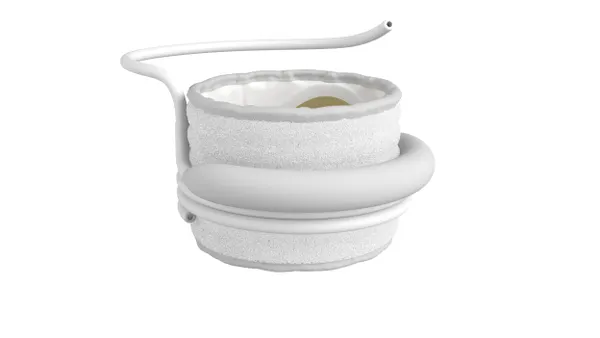Dive Brief:
-
The Centers for Medicare and Medicaid Services has set a July 22 meeting of the Medicare Evidence Development & Coverage Advisory Committee to discuss the use of home-ventilation devices in chronic obstructive pulmonary disease patients.
-
CMS said the meeting will address “substantial variability” in use of at-home noninvasive positive pressure ventilation (NIPPV) devices in COPD patients by assessing factors associated with positive health outcomes.
-
The findings and policy changes it may trigger are relevant to companies such as ResMed and Philips Respironics, which make continuous positive airway pressure (CPAP) devices and home mechanical ventilators (HMVs) for use in COPD patients.
Dive Insight:
COPD can cause respiratory failure. In some cases, physicians choose to manage that complication by providing patients with NIPPV devices used at home. The current CMS national coverage determination permits the use of ventilators in the management of chronic respiratory failure caused by COPD, but treatment with other respiratory devices is also possible “when necessary.”
In choosing between CPAP devices, HMVs and bi-level positive airway pressure (BPAP) products, physicians are guided by the patient’s medical condition. However, CMS sees “substantial variability regarding the prescribing patterns, guidelines and policies for these types of devices.” That matters as, in CMS’ view, “the inappropriate prescription of such devices in those who have need can lead to clinical deterioration, poor quality of life and ultimately death.”
To ensure patients receive appropriate care, CMS is convening a MEDCAC panel to examine the evidence supporting the use of different types of NIPPV. The panel will also look at “the patient selection criteria, usage parameters, concomitant services and equipment parameters” that are linked to good outcomes.
Overall, the panel will address four voting questions, giving a confidence rating on a five-point scale in each case. For example, one of the questions asks “how confident are you that the evidence is sufficient to provide the patient usage parameters that are necessary to achieve...successful patient outcomes.”
Panelists will be able to draw on the findings of an assessment by the Agency for Healthcare Research and Quality. The meta-analysis of clinical trials and other studies linked BPAP devices to lower mortality, intubations and hospital admissions than no at-home ventilation. HMW was associated with lower mortality.
However, the meta-analysis, which reviewed the findings of studies including the ResMed and Philips-funded HOT-HMV trial, lacked access to evidence to compare outcomes achieved by BPAP and HMV. AHRQ wants future studies to delve deeper into which features of at-home respiratory devices drive improved outcomes.
The July 22 MEDCAC panel meeting will discuss those issues but will not directly create a new coverage determination. Rather, CMS may use the evidence and advice provided by the panel to inform the reassessment of its position.








